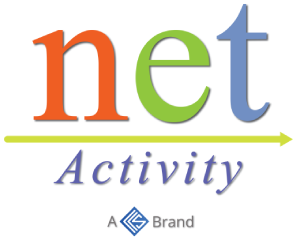Benefits of Moving to the Cloud with Microsoft’s Office 365
With the cloud emerging as a powerful platform to move or hold business data, Microsoft has stepped in as a strong participant. The Microsoft’s Office 365 is a Software as a Service (SaaS) that delivers the cloud technology and productivity to businesses empowering them to be cost, time and resource efficient. Office 365 provides an online version of MS-Office suite along with SharePoint server, Lync server, and Exchange server.
When designing the Office 365, Microsoft had a focused approach towards developing a cloud platform for organizations’ users that is seamless regardless whether they are on-premises or on the cloud. One of the core offerings of the Office 365 is Exchange Online which allows organizations to co-exist with the Exchange Server.
Microsoft, an excellent service provider, has guaranteed reliability backed by robust security. It’s important to note that Microsoft defines simple yet rich feature sets.
With the Office 365, you experience a completely new experience of communicating over the cloud. It allows you to:
- Access emails, documents, calendars, contacts anywhere, on any device
- Enjoy business-class features including geo-redundancy, disaster recovery, guaranteed 99.9% uptime, and IT-level phone support
- Work seamlessly with Microsoft Office and/or any other program your users count on everyday
- Give you flexibility by allowing to pay-as-you-go
- Work with the latest version of Business Productivity Online Suite (BPOS)
Some great services offered by O365 as a SaaS are:
- Office mobile apps – Access, view & edit Word, Excel, PowerPoint and OneNote files via a web browser.
- Simple file sharing – Each user gets a 7GB personal storage with the SkyDrive Pro that is easily accessible on various devices.
- Web conferencing – Arrange meetings over-the-web with screen sharing, HD video conferencing, and instant messaging.
- Intranet Team sites – Get customizable security settings for individual teams within the organization with the help of SharePoint.
- Active directory integration – Allows you to manage user permissions & credentials with a single sign-on.
- Hosted email – Provides 25 GB of storage space per user, business-class email, shared calendars and the ability to use your own domain name.
- Office web apps – Create and edit Excel, Word, Power Point, and OnNote files via a web browser.
The Net Activity team is uniquely positioned as a leading provider of cloud infrastructure services. To get a glimpse of our cloud services, visit https://www.netactivity.us/services/cloud-computing-services or discuss the details over the phone with Harry Bhatia, President of Net Activity, Inc at 2165035150 X 206.




